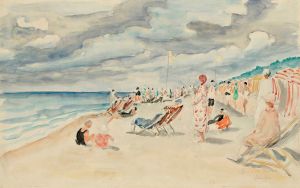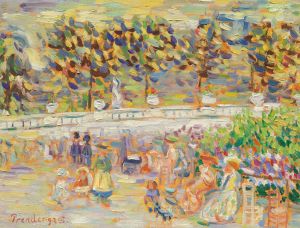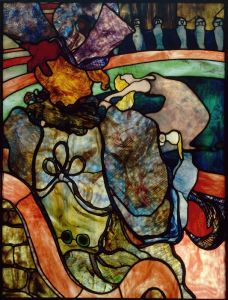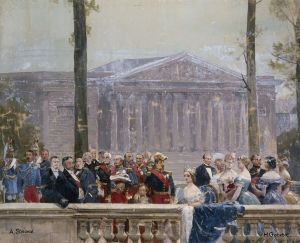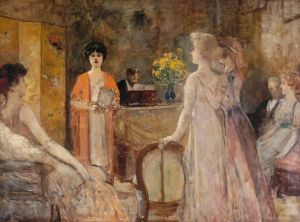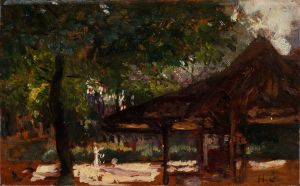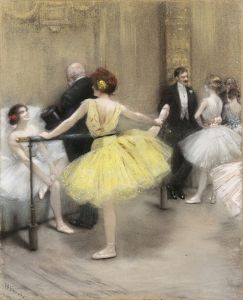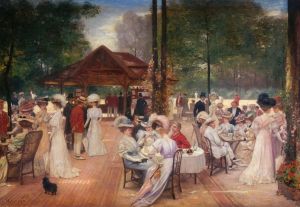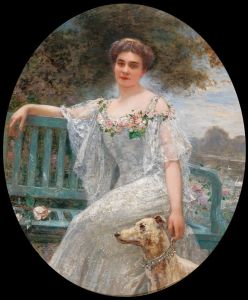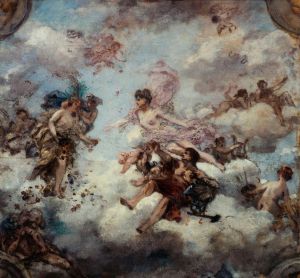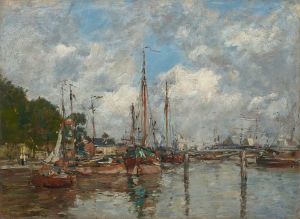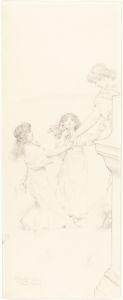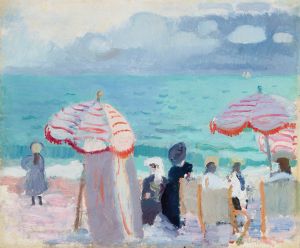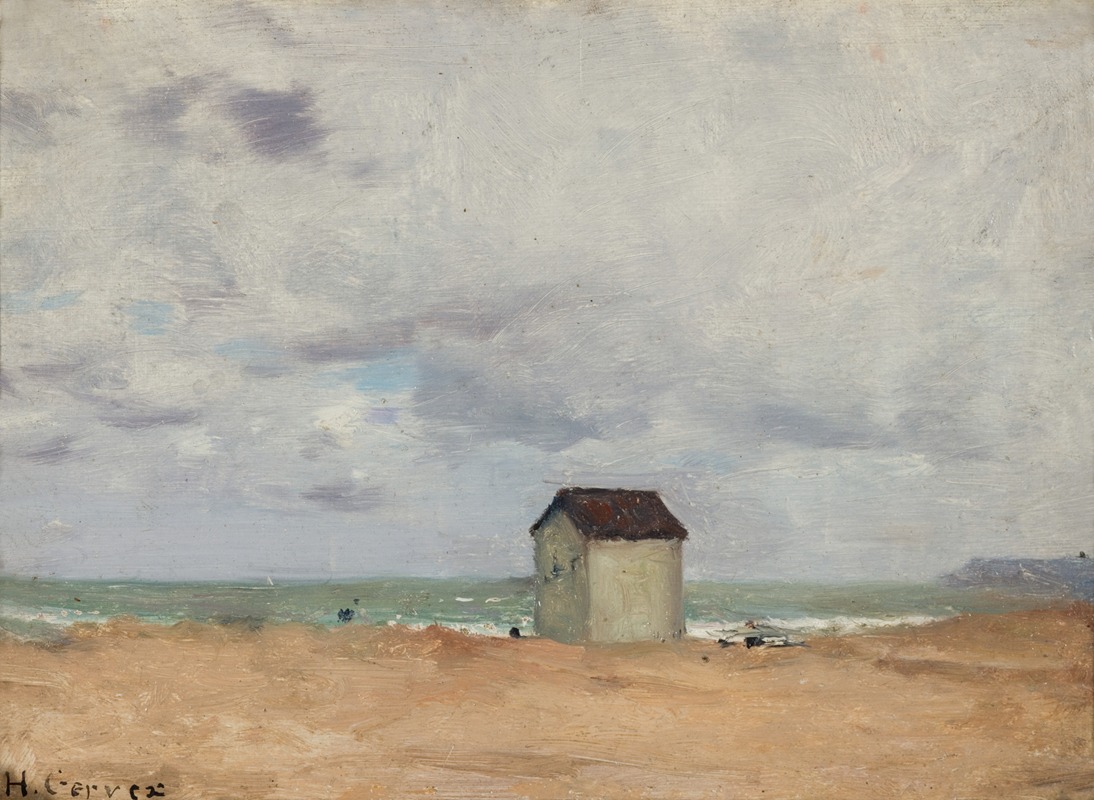
The Beach at Trouville
A hand-painted replica of Henri Gervex’s masterpiece The Beach at Trouville, meticulously crafted by professional artists to capture the true essence of the original. Each piece is created with museum-quality canvas and rare mineral pigments, carefully painted by experienced artists with delicate brushstrokes and rich, layered colors to perfectly recreate the texture of the original artwork. Unlike machine-printed reproductions, this hand-painted version brings the painting to life, infused with the artist’s emotions and skill in every stroke. Whether for personal collection or home decoration, it instantly elevates the artistic atmosphere of any space.
Henri Gervex's The Beach at Trouville is a painting created by the French artist Henri Gervex, who was active during the late 19th and early 20th centuries. Gervex was known for his contributions to the academic art tradition, as well as his involvement in modernist movements of his time. While he is perhaps best remembered for works such as Rolla and his portraits of Parisian society, The Beach at Trouville reflects his interest in capturing scenes of leisure and contemporary life.
Trouville-sur-Mer, located in Normandy, France, was a popular seaside destination during the 19th century, particularly for the Parisian bourgeoisie. The town's beaches became a frequent subject for artists of the time, including Claude Monet and Eugène Boudin, who were drawn to the interplay of light, water, and the fashionable crowds. Gervex's painting fits within this tradition, depicting a lively scene of beachgoers enjoying their time by the sea. The work showcases Gervex's skill in rendering figures and his attention to detail in portraying the clothing and activities of the era.
The painting is characterized by its vibrant depiction of social interaction and the relaxed atmosphere of the beach. Gervex's use of light and color captures the essence of a sunny day at the seaside, with figures dressed in the elegant attire typical of the late 19th century. The composition emphasizes the bustling activity of the beach, with individuals and families engaging in leisure activities, reflecting the growing popularity of seaside tourism during this period.
As with many of Gervex's works, The Beach at Trouville demonstrates his ability to blend academic techniques with a modern sensibility. The painting provides a snapshot of contemporary life, offering insight into the cultural and social dynamics of the time. It also highlights the artist's interest in documenting the changing lifestyles of the French middle and upper classes.
The exact date of the painting's creation and its current location are not widely documented in available sources. However, it remains an example of Gervex's broader body of work, which often focused on scenes of modern life and the pleasures of the Belle Époque.
Further research may be required to provide additional details about the painting's provenance and exhibition history.





![Lustige Weise [A merry tune]](/imgs/227320/s/hans-zatzka-lustige-weise-a-merry-tune-b35078eb.jpg)
